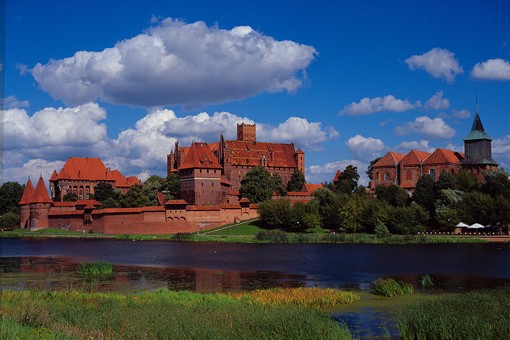 A holiday in Poland offers a vivid panorama over the Eastern Europe’s past and present. The country’s medieval and Hanseatic cities, artistic, studenty neighborhoods and lush southerly mountain ranges offer an amalgam of modern and traditional that rivals former Eastern Bloc countries.
A holiday in Poland offers a vivid panorama over the Eastern Europe’s past and present. The country’s medieval and Hanseatic cities, artistic, studenty neighborhoods and lush southerly mountain ranges offer an amalgam of modern and traditional that rivals former Eastern Bloc countries.Poland's atmospheric cities have emerged from the greyness of communism and are now thriving centres of modern European culture. Warsaw and Krakow are home to everything from towering cathedrals to districts of non-stop, hedonistic nightlife. Venture away from the large cities to places like coastal Gdansk or handsome Wroclaw, however, and you'll find legendary Polish hospitality in no short supply. Outside the cities, things become very rural very fast, from rolling farm fields to vast, open meadows. In the southeast, Poland is especially mountainous, especially in Zakopane, the capital of the Tatra mountain range and an excellent base for hiking and skiing.
Poland’s diverse history has provided it a rich collection of historically-imporant monuments, buildilngs, churches and castles. There are some 13 UNESCO World Heritage sites, including the Wieliczka salt mines, gorgeous wooden churches in southern Małopolska, the group of buildings at Auschwitz and historical centres at Krakow and Warsaw. Similarly, there are innumerable fortifications, military heritage complexes and grandiose castles, including Malbork, the largest medieval castle in Europe, and Krzyżtopór Castle, a pentagon-shaped fortress with as many windows as days in the year.
Take a holiday in Poland and experience some of Europe’s cleanest and best preserved nature. Poland’s two dozen national parks consist of mountains, sea, lakes and landscapes of shifting sand dunes, roaming bison and migratory birds – rollers on fallow fields, cranes on wetlands and eagles in meadows. In the southeast are the Tatra mountains, whose alpine landscape of caves and waterfalls means four seasons of outdoor activities.
Poland takes is Catholicism very seriously and keeps its relgious monuments and artifacts in great nick, not least of all for the millions of pilgrims who regularly visit Częstochowa for the Marian shrine in the Pauline monastery on Jasna Góra and the famed Black Madonna of Częstochowa, the icon of the Virgin Mary with the Christ that adorns the Chapel of the Miraculous Picture. Poland’s litany of monumental cathedrals include Warsaw’s St. John’s Cathedral, Gdansk’s St. Mary’s Basilica – the largest brick church in the world, accommodating some 25,000 people – and Krakow’s 14th-century, hilltop Royal Cathedral.
At night, Poland’s post-communist, newly-European younger generations make their way past the velvet ropes at Platinum and Cinnamon, set in a Norman Foster-designed building, or head to more underground haunts such as Praga, Klub Saturator or Hydrozagadka. Krakow is nightlife central: artsy types visit over-the-top, baroque Piano Rouge, while hipsters have found their stomping ground in the neighborhood of Kazimierz – shabby-chic Alchemia is one up-and-coming spot. Gdansk, meanwhilse, has several legendary bars and dance spots, most notably Mandarynka or Bar Absinthe, a writers’ hangout open until 7am.